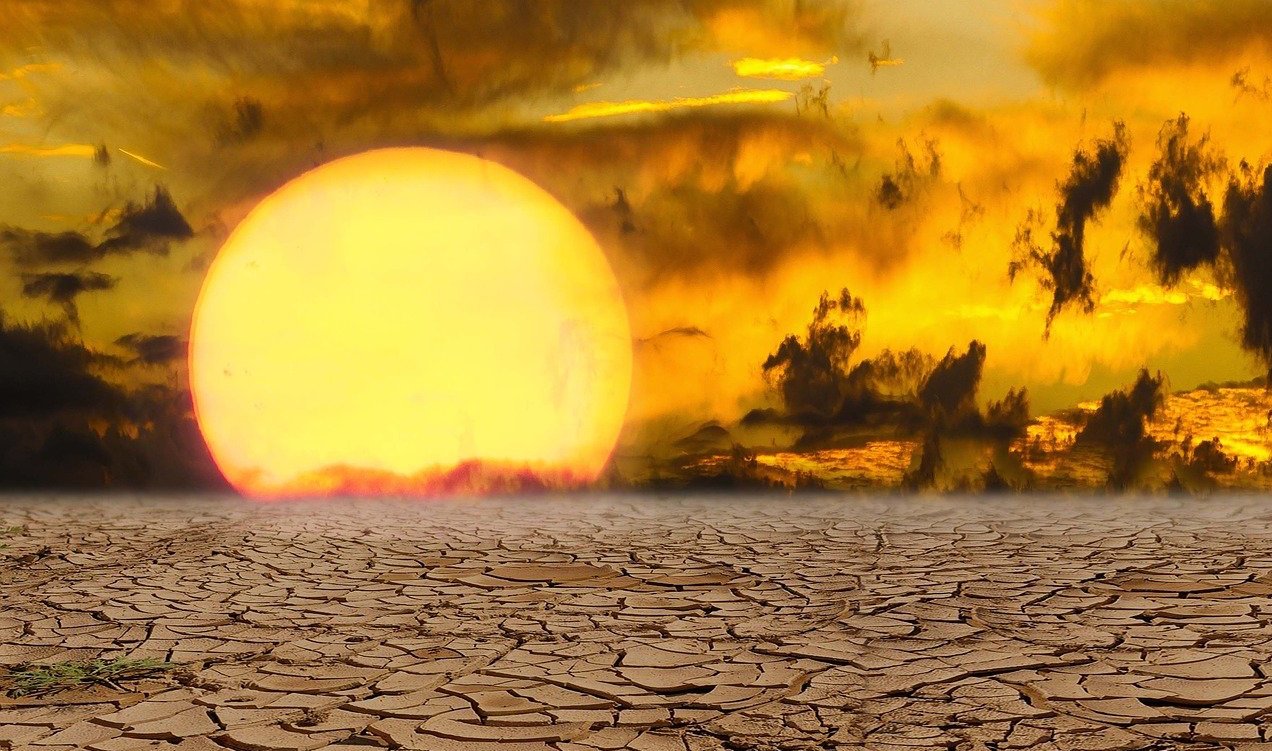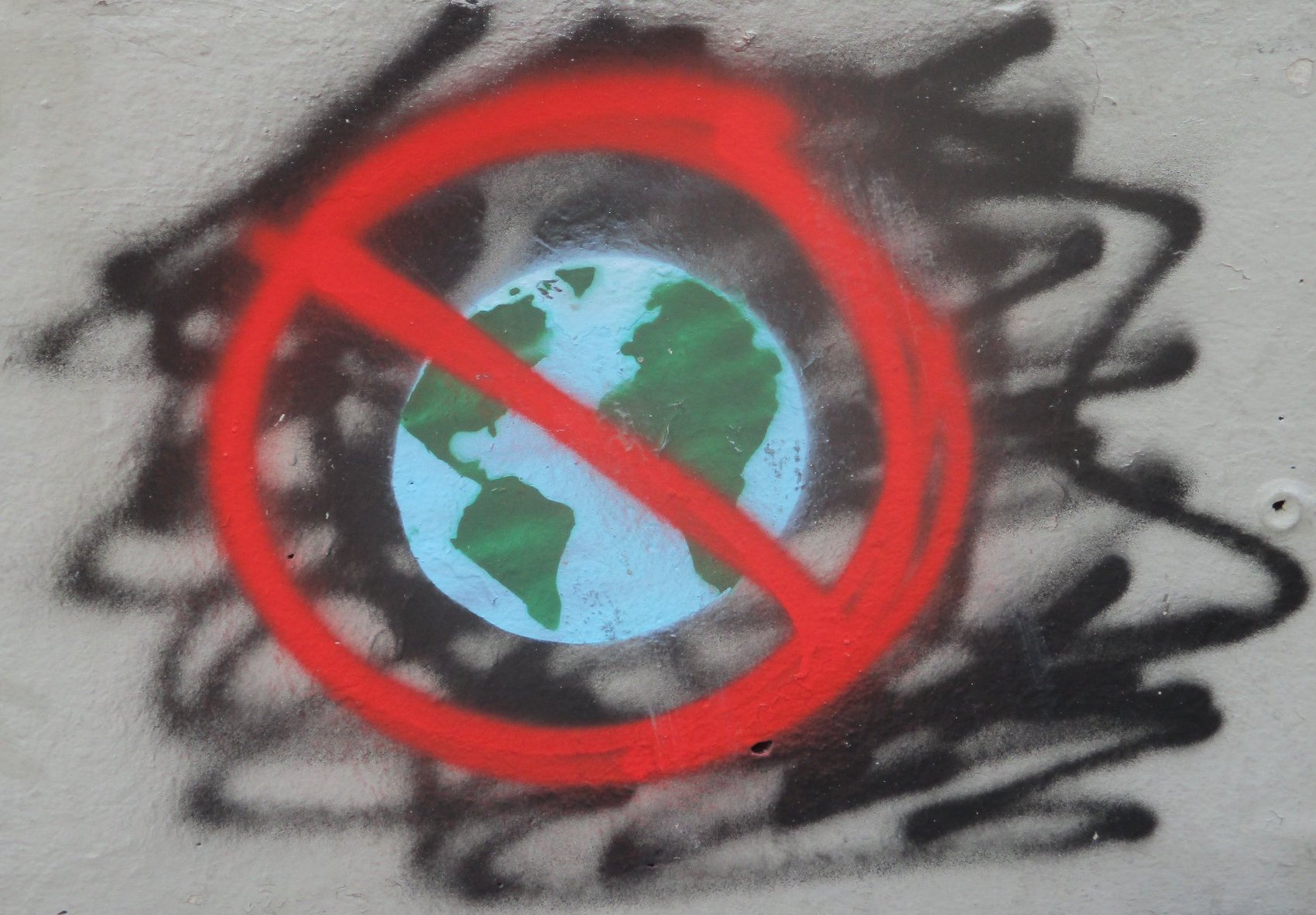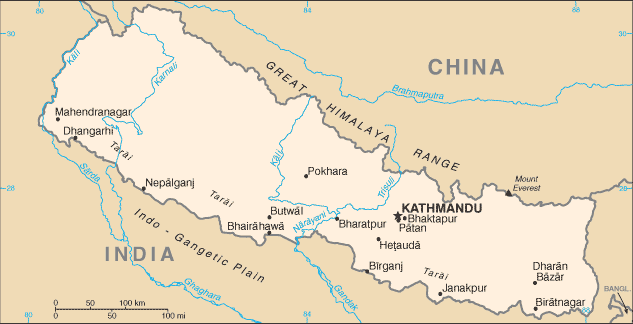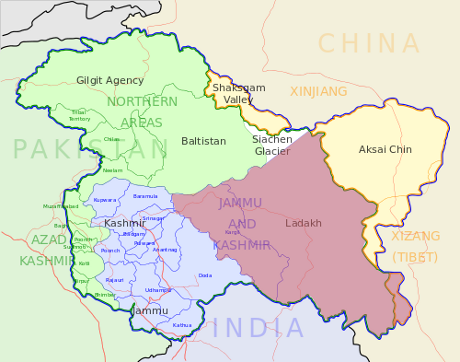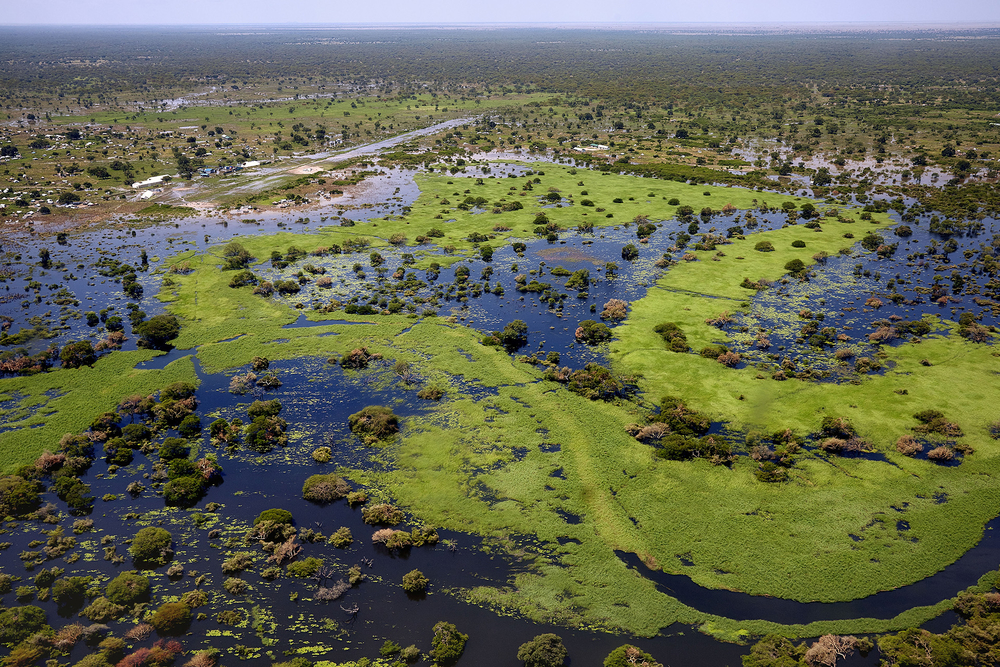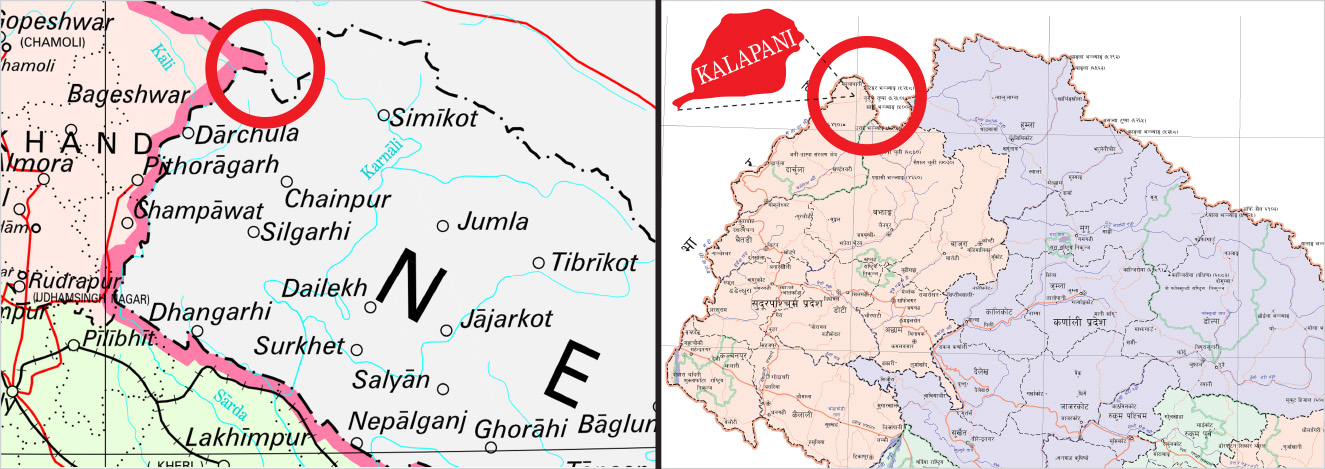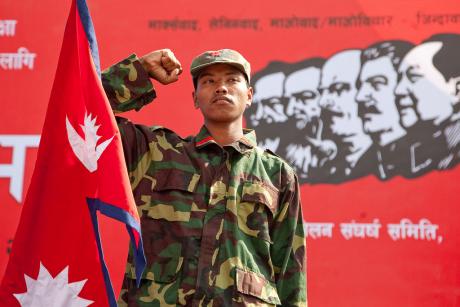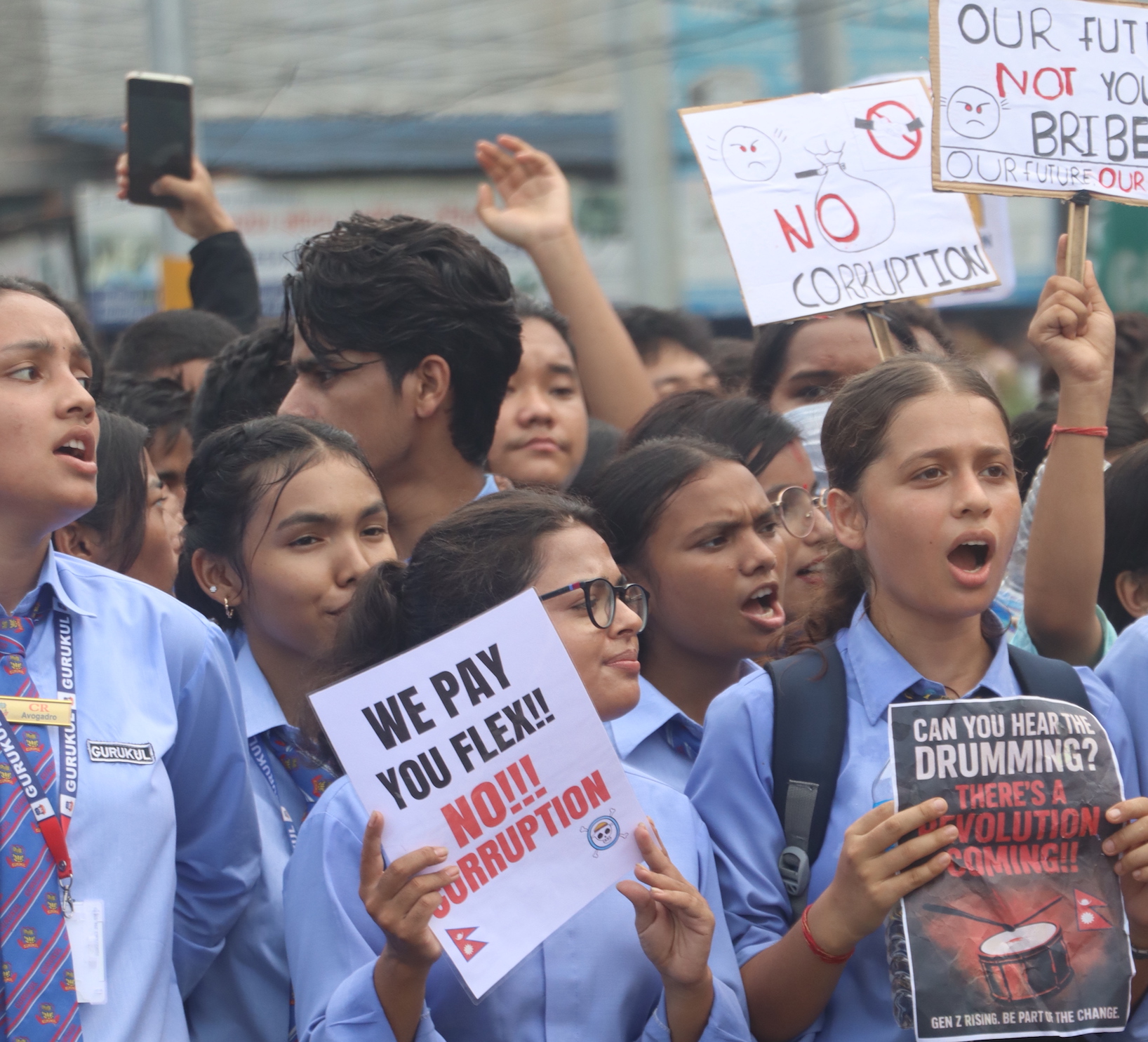
Nepal: ‘Gen Z’ uprising brings down government
Protests in Nepal turned violent as security forces opened fire on demonstrators, resulting in at least 19 deaths and over 400 injuries. Young activists who had been protesting government corruption on social media started filling the streets of Kathmandu and other cities after the government blocked access to the online platforms. The subsequent deadly repression only enflamed the situation, and Prime Minister KP Sharma Oli resigned from his post after his home was set on fire. (Photo: हिमाल सुवेदी via Wikimedia Commons)



